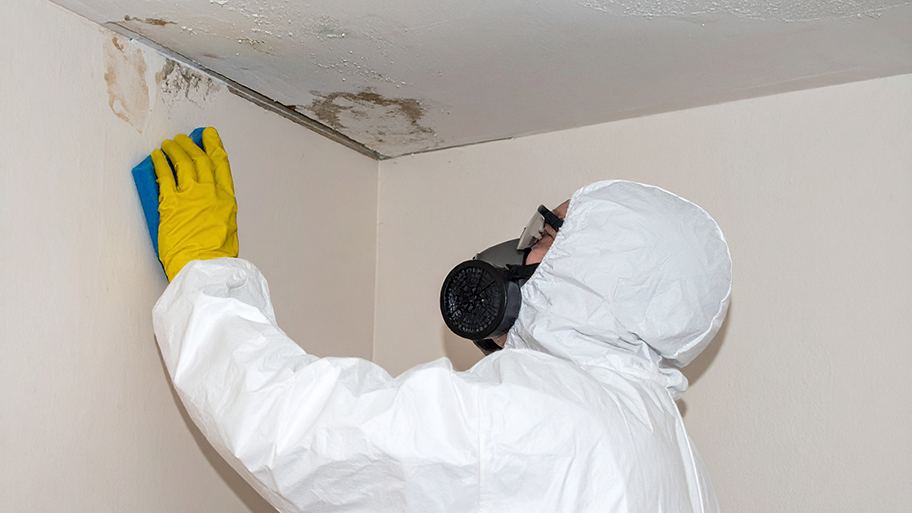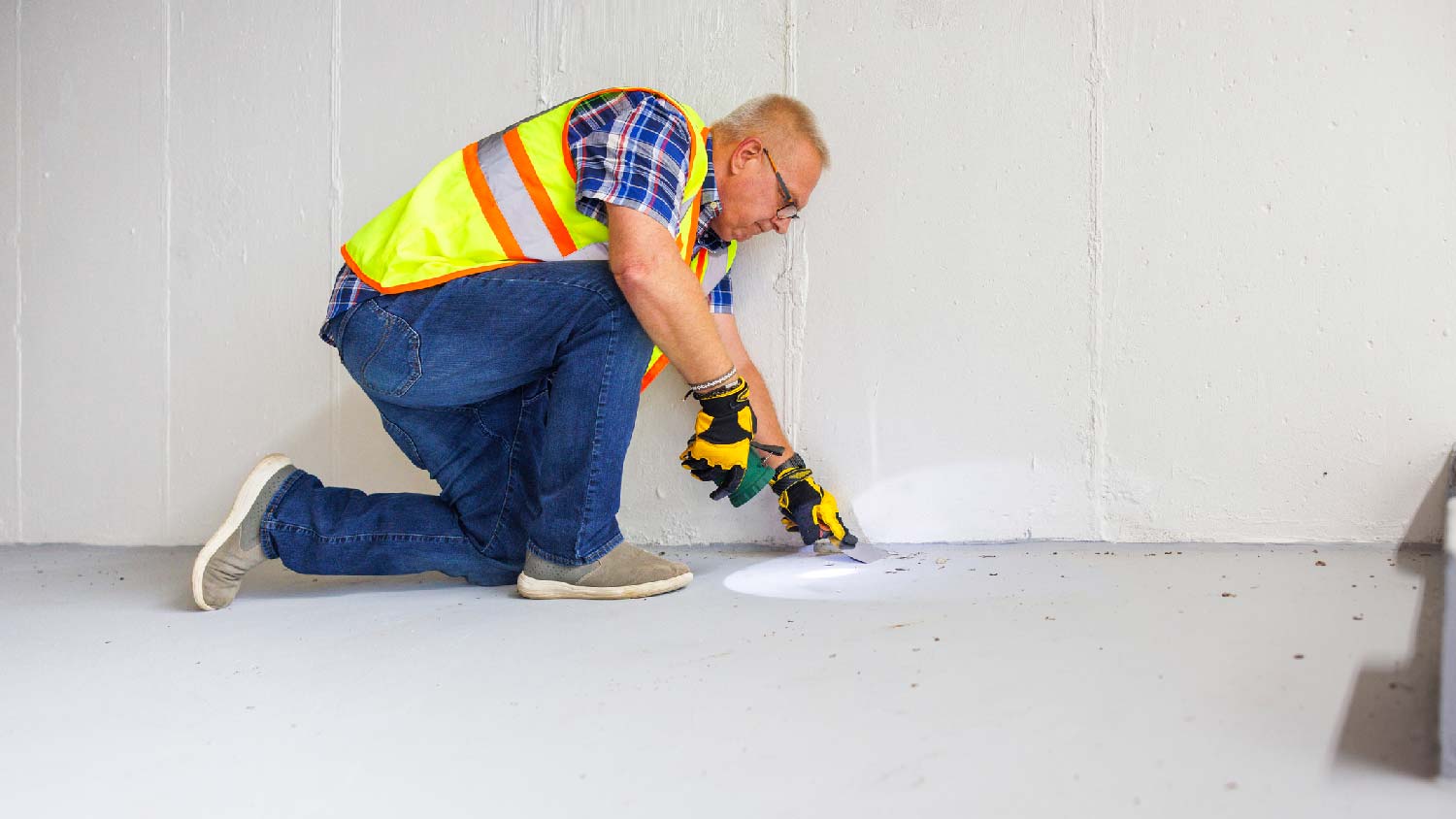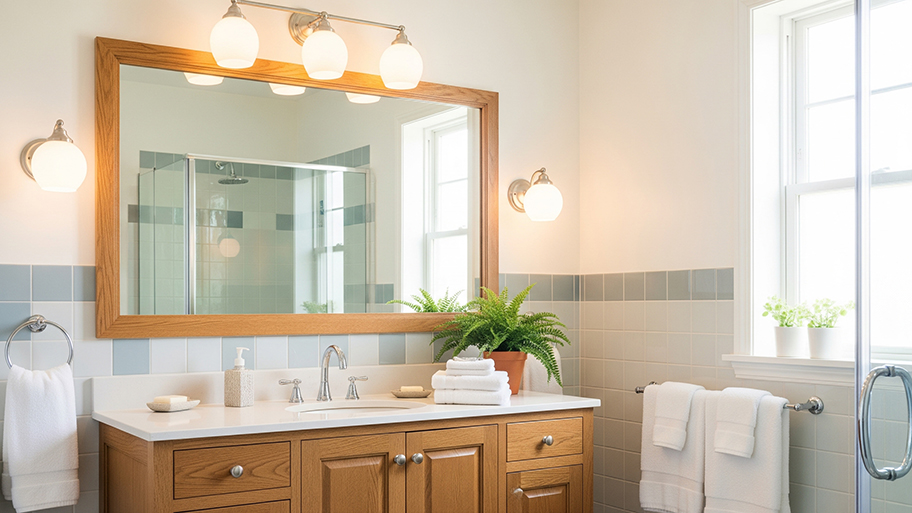
Mold remediation cost can quickly escalate. But if you have mold in your home, the cost for mold remediation is worth it.
It doesn't matter if it's green or black, any color mold has got to go


Green and black molds are from different species.
Any type of mold, no matter the color, can be harmful to your health.
Removing green or black mold may require a professional mold remediation company.
If it's fuzzy and green, it's harmless, right? Maybe not. While people often assume that black mold is the dangerous one, all types of mold can be hazardous to your health. Read on to learn more about green mold vs. black mold, and what to do if you see anything growing in your home.

Color is just one obvious difference between black and green mold. The molds usually come from different species and prefer different growth media.
| Type of Difference | Green Mold | Black Mold |
|---|---|---|
| Species | Penicillium | Stachybotrys |
| Growth Habitats | Food, walls, carpets | Food, wood, wet areas |
| Health Risk | Asthma, allergies | Asthma, allergies |
| Toxicity | Can be toxic | Usually toxic |
| Removal Methods | Varies | Varies |
A notable difference between green and black molds is the species of mold. Green molds are usually from the following genus:
Penicillium
Cladosporium
Aspergillus
Black molds are often from the following genus:
Stachybotrys
Alternaria
Cladosporium
Aspergillus
Note that the last two genus of both green and black mold are the same. That's because there are numerous species within each genus, and the color of each one may be different. It's also worth noting that a single species of mold may have different colors depending on where it's growing.
When people mention black mold, they are most likely talking about Stachybotrys chartarum, which is known for its toxicity. Stachybotrys chartarum can be greenish or black in color, according to the Centers for Disease Control and Prevention. While it may be the most famous black mold, it's not the only type of black mold.
Everyone has their preferences, and mold is no exception. Some types of mold thrive on foods, including starchy items like bread. Molds in the Penicillium genus prefer to grow in cool conditions, such as soil, while Aspergillus niger, another type of black mold, often grows on the skins of fruits and vegetables.
Stachybotrys chartarum thrives in habitats with a high cellulose content, such as wood, paper, and gypsum board. Basically, the structure of many modern homes is an ideal habitat for Stachybotrys chartarum.
Molds of all types and colors can make people sick. Some people are allergic to mold and will have a reaction if they come into contact with mold or mold spores. Allergic reactions to any type of mold can include sneezing, watery eyes and a runny nose. Some allergic people develop a skin rash if they touch mold.
If you have asthma and a mold allergy, exposure to black or green mold can trigger an asthma attack.
Even if you aren't allergic to mold, you may experience some health effects if exposed to it, as mold is also an irritant. Green or black mold can irritate your skin, nose, throat, lungs, or eyes, triggering symptoms that may look like an allergic reaction.
For people who are immunocompromised, or who have a chronic respiratory disease, exposure to mold can lead to infection. A mold in the Aspergillus genus is responsible for infections in susceptible individuals. Mold infections are very rare, but can be life-threatening.

Some types of mold produce toxins, called mycotoxins. Mycotoxins are a type of poison that can cause harm if you inhale, eat or touch them. Long-term exposure to mycotoxins can increase cancer risk.
Black mold gets a bad rap regarding mycotoxins, but it's not the only type of mold that can be toxic. Green molds can also produce mycotoxins. No matter the color of the mold, act with care if you see any growing in your home.
How you remove mold depends on the size of the infestation. The first step may be to hire a local mold inspection company to examine your home and determine the type of mold you have.
An inspector can recommend how to proceed, whether you can tackle the problem yourself or need mold remediation. If it's okay to remove the mold on your own, wear eye protection, a mask, and gloves as you work, and be careful not to mix chemicals, such as bleach and vinegar, during the removal process.
From average costs to expert advice, get all the answers you need to get your job done.

Mold remediation cost can quickly escalate. But if you have mold in your home, the cost for mold remediation is worth it.

The cost of a mold inspection might seem high, but it’s one of the best investments you can make for your health and home. Read on to learn cost-saving tips.

Got a moldy couch? You may not have to junk it. Learn how to remove mold from fabric furniture and keep your upholstery looking new.

Mold is an unwelcome bathroom guest many homeowners deal with. Discover how to get rid of mold in a bathroom with these five DIY solutions.

Find out how mold sneaks into crawl spaces and impacts your home and health. We unveil the most effective remedies for kicking mold to the curb.

Mold on wood is a common problem that needs to be removed to prevent health hazards and structural damage. Use this guide to learn how to kill mold on wood.